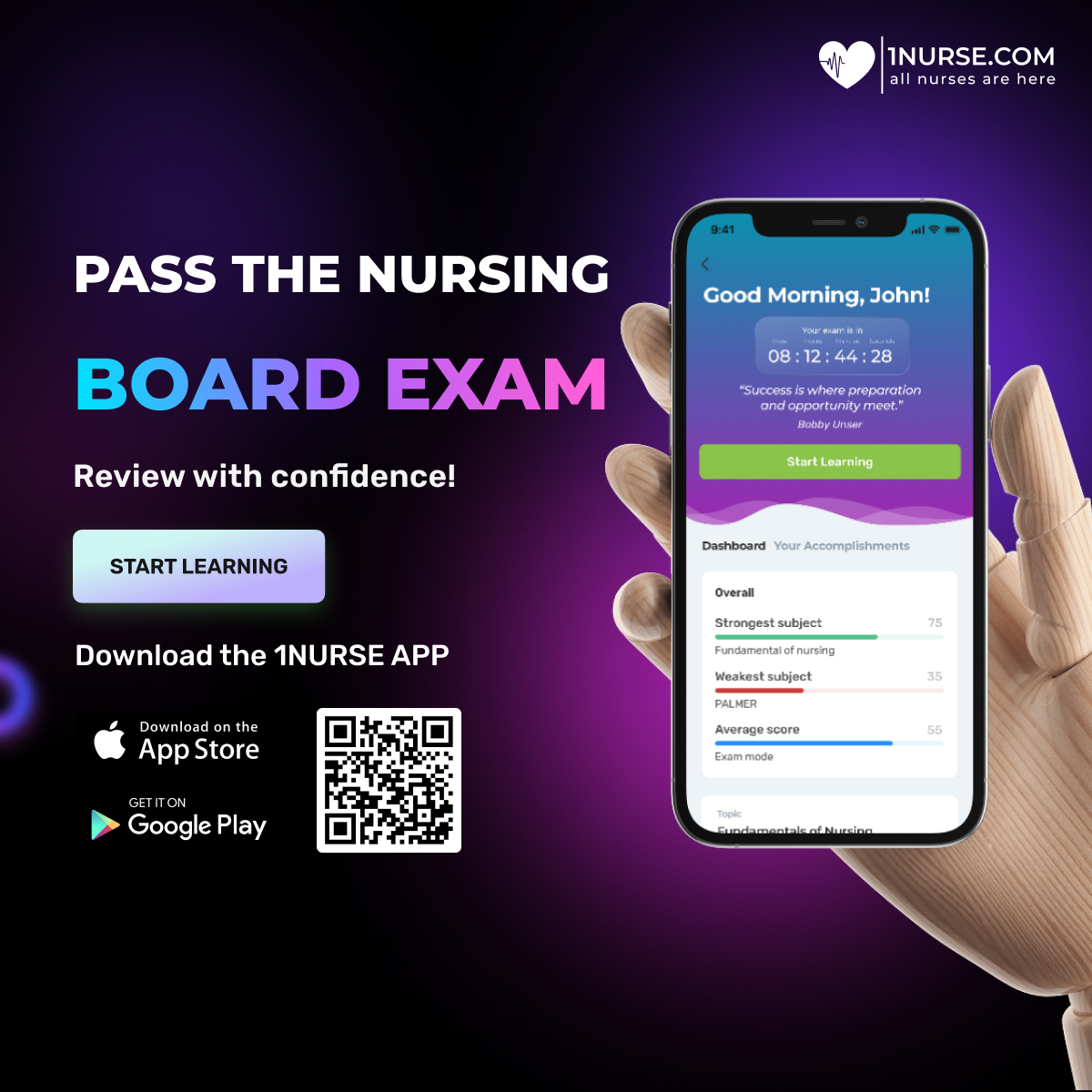Clinical education is at the heart of nursing professional education. One of the characteristics that distinguish the profession and science is the close relationship between the theoretical and clinical domains in nursing education. Nurse educators have identified the following difficulties as having an impact on their ability to train and instruct the next generation of nurses.
Improvement of the curriculum
In order to keep learning on par with the fast-changing professional practice, it is crucial for nursing academics to continuously modify their curricula. Through one-on-one and group talks, faculty members learn what the students thought of their clinical placements at the end of each semester. The goal of nursing programs is to produce nurses who can provide safe, high-quality care and who can adapt to changing practice situations.
Nursing educators make an effort to expose their students to a variety of learning opportunities so that they can acquire the best available evidence and receive their information from a variety of sources. Nurse educators must invest a lot of time and effort into this technique, which may also encounter difficulties.
Keeping the student-teacher relationship strong
Beginning in elementary school and continuing through graduate school, student-teacher connections are crucial. They result in academic success, greater learning motivation, and professional student growth.
However, busy and overworked professors frequently lack the free time necessary to develop meaningful connections with their students. The absence of student-teacher ties may unfavorably affect some students' future professional development. It might influence students' decision to forego additional education and pursue a profession as a nurse educator.
Strong ties between students and teachers can help close the gap and support students' efforts. While pursuing their studies, several students hold jobs in the medical field. Completing homework, maintaining grades, and attending class is all hampered by required hours or extra shifts.
Not enough nursing educators
The absence of preceptors for nursing students has an effect on overall nursing education. Because of the nursing shortage, several nursing units operate with larger staff-to-patient ratios than usual.
Nursing preceptors provide nursing students with direction and a steadying influence. Lack of resources or understaffing can have an impact on how well a nursing student or recent graduate is educated.
Inability to update one's knowledge and skills
The lack of nurses in clinical settings and academia has put a strain on nurse educators' limited resources. The time needed to upgrade their knowledge and abilities is not available to nurse educators.
True enough, clinical nurse educators' most common source of discontent was a lack of opportunity. As it increases the acute and long-term stress levels of nurse educators, this can also contribute to the rising rates of nursing burnout.
It is the duty of nursing educators to foster a learning environment where students can succeed academically. High levels of cognitive, affective, and psycho-motor skill are what are desired for learning outcomes in the classroom, laboratory, and clinical setting. While it may vary from nation to nation, professors in the faculties of colleges or schools, clinical educators working in hospitals, clinical nurse educators, and nurses working in hospitals typically do clinical teaching in nursing education. Since the future of the nursing profession depends on it, it is critical to address the difficulties clinical educators face.
Find jobs and learn more about your profession here











